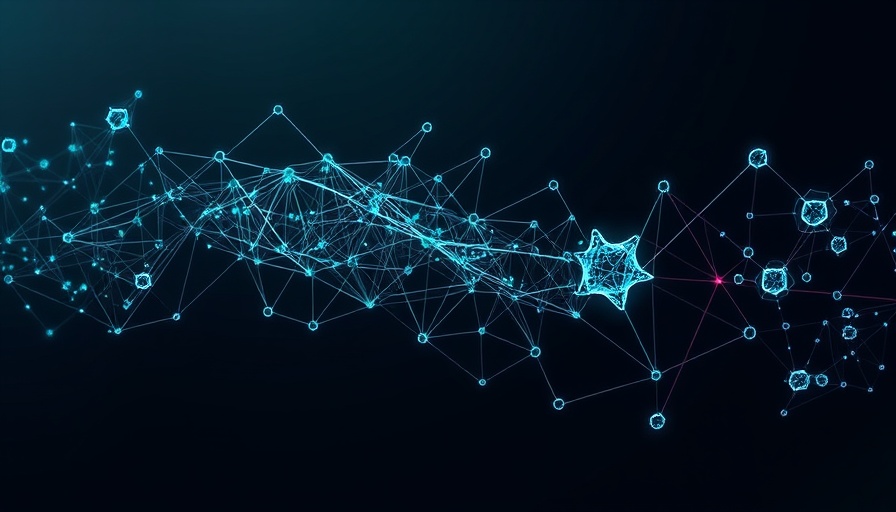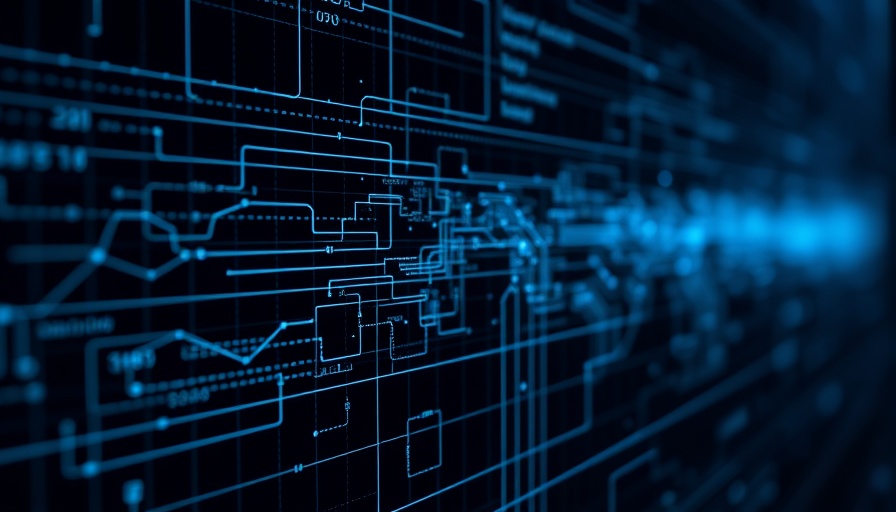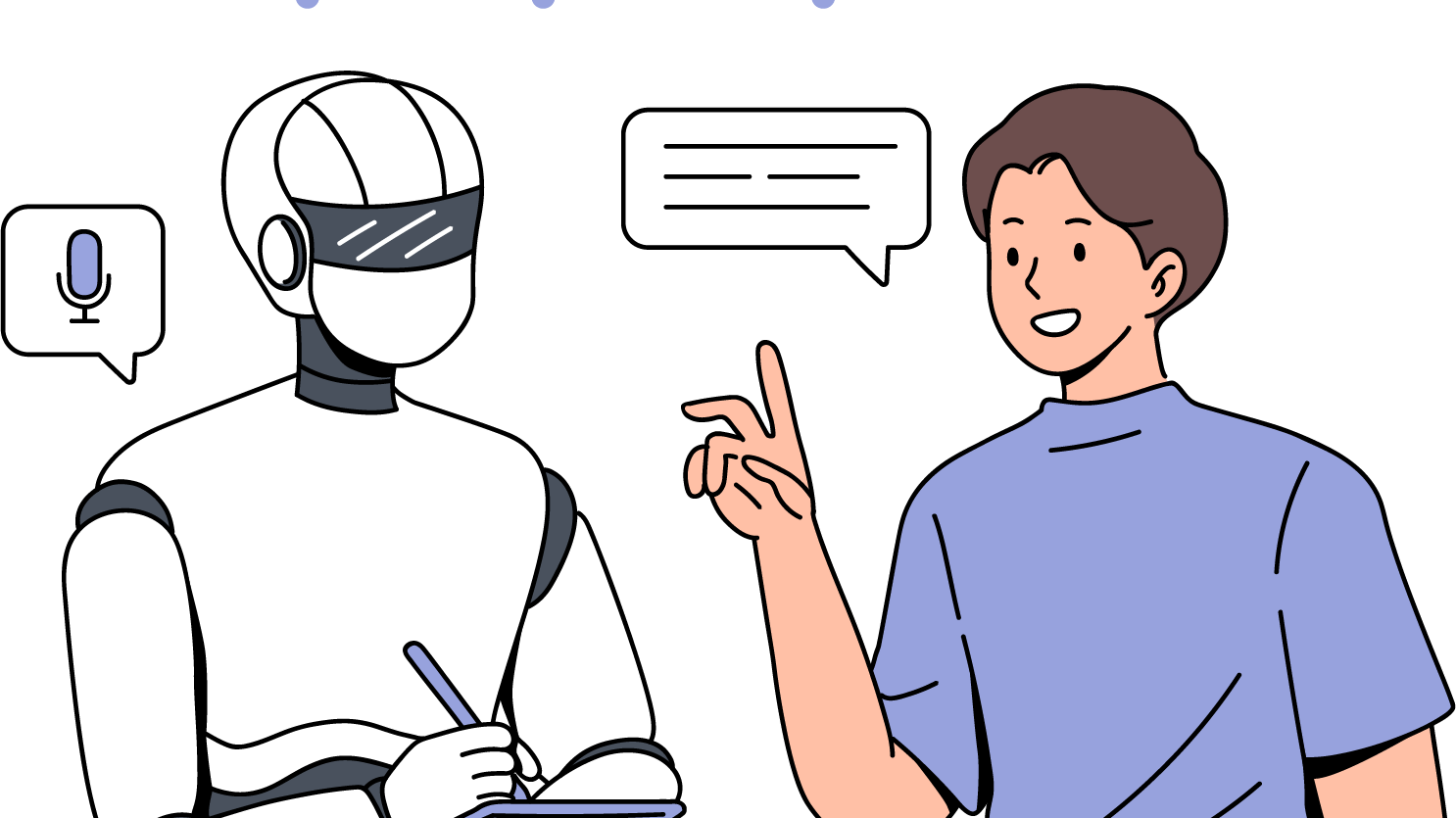
Introducing Skala: A Revolution in Computational Chemistry
Microsoft Research has unveiled its latest breakthrough—Skala, a deep-learning exchange-correlation (XC) functional designed to enhance the accuracy of Kohn-Sham Density Functional Theory (DFT) at a fraction of the computational cost typically required for hybrid-level accuracy. This innovative model presents an exciting advancement not just for chemists, but for the tech industry at large, with implications that echo through to investors and entrepreneurs looking for robust applications in molecular workflows.
Skala's Performance Metrics: A New Standard
Skala demonstrates remarkable performance with a mean absolute error (MAE) of approximately 1.06 kcal/mol on the W4-17 benchmark, and a more impressive 0.85 kcal/mol on a single-reference subset. Furthermore, its weighted total mean absolute deviation (WTMAD-2) is around 3.89 kcal/mol on the GMTKN55 dataset, positioning it competitively among the top existing hybrid functionals. These benchmarks signify a step forward in achieving accuracy previously reserved for more complex and computationally expensive methods.
A Deep Dive into the Mechanics
What makes Skala compelling is its architecture, which operates on standard meta-GGA grid features yet incorporates machine-learned non-local effects directly from data. This enables it to perform at semi-local costs while benefiting from the high-level accuracy typically associated with more complex models. Unlike traditional XC functionals that rely on carefully crafted parameters, Skala represents a shift towards an AI-driven approach that leverages substantial guided datasets.
Broader Implications for the Industry
The release of Skala isn't merely an academic exercise; it holds practical advantages for various sectors including pharmaceuticals and materials science. As a tool integrated into existing molecular workflows, Skala enhances capacities for high-throughput reaction energetics, geometric optimization, and even predicting dipole moments—key components for drug development and material innovation.
What's Next for Skala?
While the current transformations promise substantial changes in main-group molecular chemistry, future expansions will incorporate transition metals and other periodic systems. This forward-thinking approach not only augments the capabilities of DFT but also opens new avenues for innovation across multiple disciplines, potentially catalyzing advancements in energy materials and biochemistry.
Final Thoughts and Call to Action
The launch of Skala marks a pivotal moment in the intersection of artificial intelligence and computational chemistry. For those interested in how AI can redefine established fields, diving deeper into Skala and its applications might just reveal insights that fuel future innovations. Start exploring the Skala functionalities available via Azure AI Foundry Labs and consider how these advancements could empower your projects.
 Add Row
Add Row  Add
Add 




Write A Comment